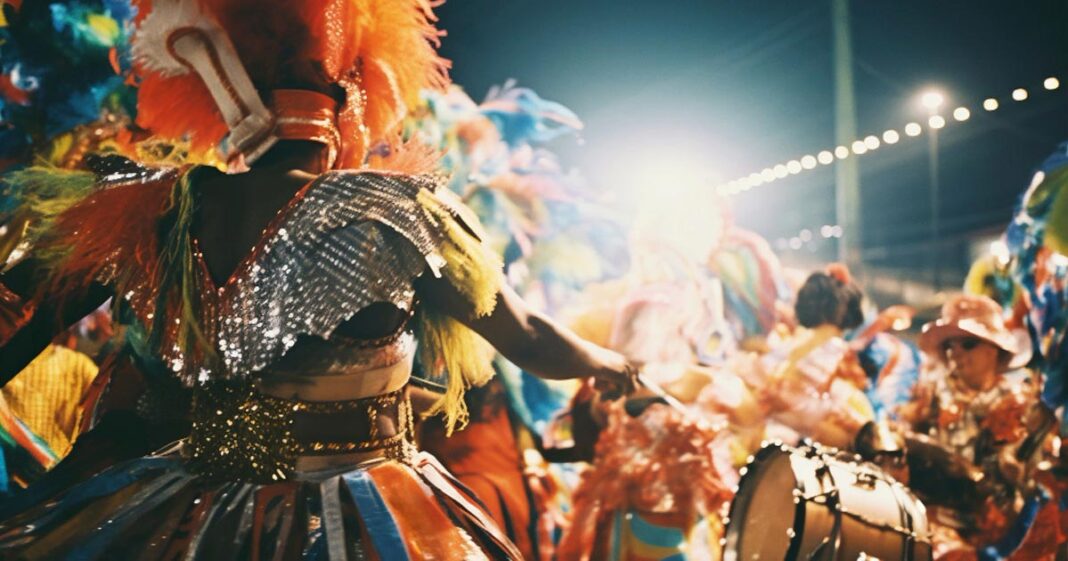Unveiling the science of attraction in love through brain chemistry, cultural cues, and inspiring real-life love stories from India.

Love is more than candlelight dinners and heart emojis. It’s a cocktail of biology, psychology, and—if you ask your neighborhood aunty—astrology. But what really makes us fall in love? And why do some couples spark instantly, while others struggle to connect even after endless Tinder swipes?
Scientists say that attraction is far from random. It’s driven by an intricate dance between hormones, brain chemicals, and even cultural conditioning. But in India, where arranged marriages still walk hand-in-hand with love marriages, the “science of attraction” often takes a uniquely desi route.
Let’s dig into the science—and some heartwarming real-life stories that prove love is as much about molecules as it is about moments.
Oxytocin, Dopamine & The Bolly-Brain Effect
When you first feel attracted to someone, your brain releases a rush of dopamine—a feel-good hormone also triggered by chocolate or a Shah Rukh Khan monologue. Oxytocin, often called the “love hormone,” kicks in as you build emotional bonds. Serotonin regulates mood, while adrenaline heightens excitement.
Dr. Rima Luthra, a relationship psychologist based in Mumbai, says, “Bollywood has conditioned generations to link love with intensity. But behind those flying dupattas is a neurochemical process that wires us for connection.”
Smell, Symmetry, and the Six-Second Glance
Interestingly, science suggests we subconsciously judge a person’s compatibility based on physical symmetry, voice tone, and even pheromones. Studies show that it takes as little as six seconds to decide if you’re attracted to someone.
“In urban India, dating apps have reduced attraction to bios and profile pics,” says Dr. Luthra. “But our primal instincts still play a huge role. Your brain knows what it likes—long before your brain rationalizes it.”
Love in Real Life: The Rise of Ravi & Pooja – From IIT to Soulmates
Meet Ravi Mehta and Pooja Sharma, both alumni of IIT Bombay, who started as lab partners and ended up life partners. Their viral LinkedIn love story earned them not just 20K likes but also a feature in The Times of India in 2023 under the headline “Engineered to Love.”
What started with a shared passion for AI and robotics turned into late-night coding sessions, emotional support during thesis deadlines, and eventually, an engagement ring under the stars at the IIT fest.
“People say techies aren’t romantic, but we fell for each other over algorithms,” laughs Pooja, now a data scientist at Google India. The couple won the Young Achievers Couple Award at the 2024 India Tech Summit in Bengaluru.
From Reels to Real: The Love Story of Harleen & Vishnu
Instagram content creators Harleen Kaur and Vishnu Reddy gained popularity for their relatable skits on modern relationships. But behind the filters and hashtags was a real connection that began during a collaboration for a short film.
“At first, it was just great on-screen chemistry,” recalls Harleen. “But I realized our creative frequencies matched—he even laughed at my worst puns.”
The couple now runs the popular page @DesiLoveScripts with over 1.2 million followers and was recently featured in Hindustan Times Brunch under “Couples Who Create Together.” In 2024, they were honored with the Youth Icon Award at the Social Media Creators Fest in New Delhi.
Does Arranged Love Follow the Same Science?
You might think arranged marriages go against the science of attraction, but studies say otherwise. According to a 2022 report by The Hindu, couples in arranged marriages in India often experience deeper emotional bonding over time due to shared values, goals, and family alignment.
A classic case? Dr. Aarti Mishra, a gynecologist from Lucknow, who met her husband via a matrimonial site. “We didn’t feel sparks immediately,” she admits, “but within a year, we knew we were emotionally synced.”
Now married for 8 years, the couple advocates for conscious compatibility over instant chemistry. Their TEDx talk, “Love That Grows,” was covered in The Indian Express for its honest take on evolving attraction.
The Cultural Twist: Bollywood, Astrology & Family Bonds
In India, attraction often gets a cultural boost—or barrier. Bollywood narratives, parental expectations, and even zodiac compatibility play influential roles. While science might not back astrology, it undeniably impacts how Indians perceive romantic potential.
“Every love story in India comes with a committee,” jokes comedian Zakir Khan, in a stand-up bit on attraction. “Parents, panditji, and past lives—everyone has a say.”
Still, the emotional scaffolding of Indian relationships—deep respect for family, emotional intelligence, and resilience—often enhances the science of love.
The Future of Falling in Love
With dating apps using AI algorithms to predict compatibility, and therapists helping couples rewire attraction, love in 2025 is both high-tech and heartfelt.
Yet, whether it’s a spark in the classroom or a swipe on a screen, the foundation remains the same: a complex, beautiful mix of brain chemistry, emotional depth, and, yes, a little bit of Bollywood.
Conclusion:
So, what really makes us fall in love?
Science says hormones. Society says values. And stories—like those of Ravi & Pooja, Harleen & Vishnu—say that love is a craft, not just a chemical reaction.
As India modernizes its idea of romance, it doesn’t let go of its emotional roots. We may not all get the perfect meet-cute, but the journey from attraction to connection is as much an art as it is a science.
And in that, we find the real magic of falling in love.





